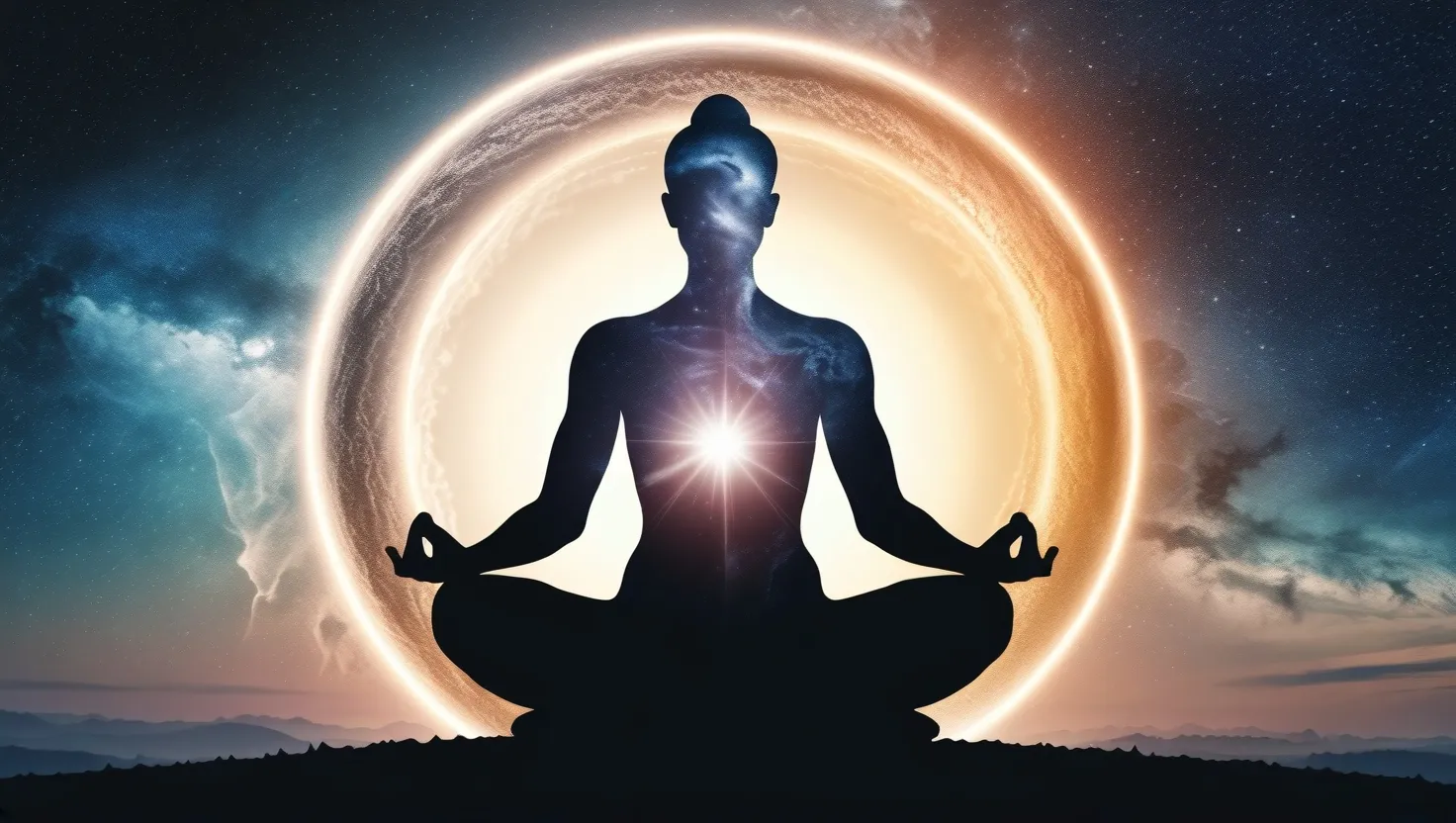Advaita Vedanta: Understanding Non-Dualism in Hindu Philosophy
Discover Advaita Vedanta: Ancient Hindu philosophy of non-dualism. Explore concepts of Brahman, Atman, and moksha. Uncover the unity of self and ultimate reality. Learn how to find liberation.
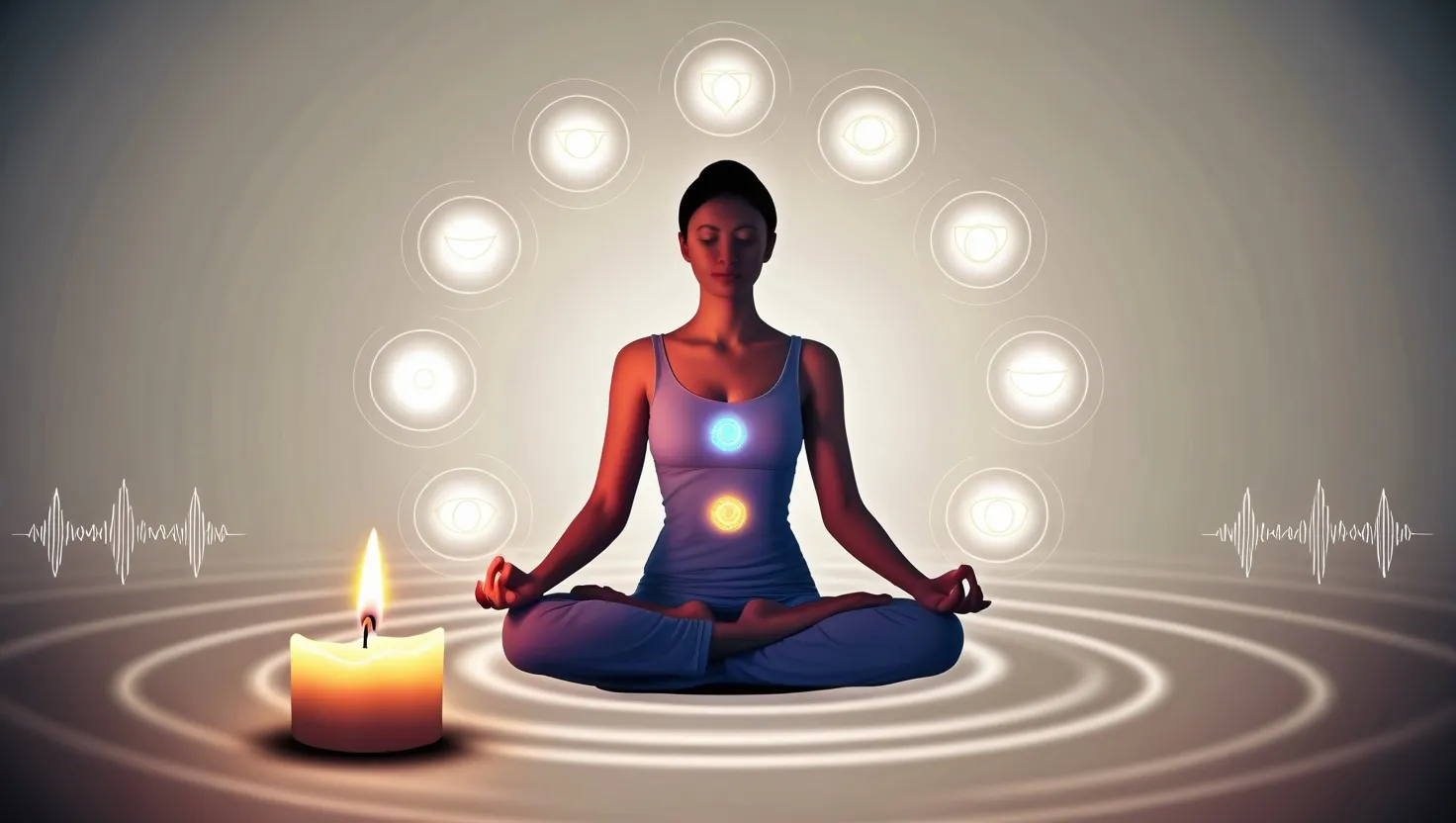
5 Ancient Hindu Meditation Techniques for Mental Clarity and Spiritual Growth
Explore ancient Hindu meditation techniques for mental clarity and spiritual growth. Discover Trataka, Nada Yoga, mantras, chakras, and self-inquiry. Find inner peace today.
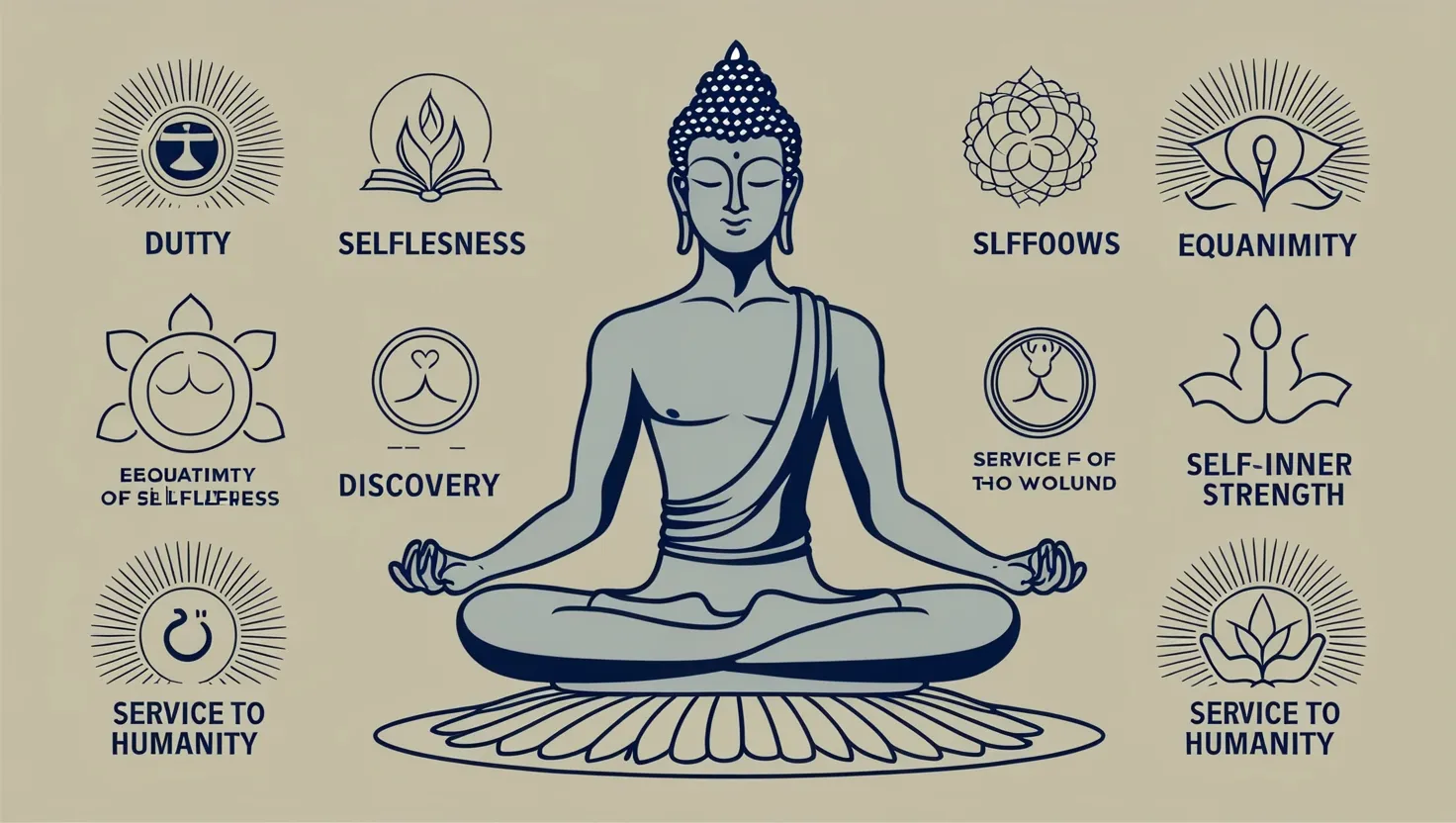
Bhagavad Gita's Timeless Wisdom: 6 Essential Lessons for Modern Life
Discover timeless wisdom from the Bhagavad Gita for modern life. Learn about dharma, detachment, and self-realization to navigate today's challenges with purpose and inner peace. Find guidance for a fulfilling life.
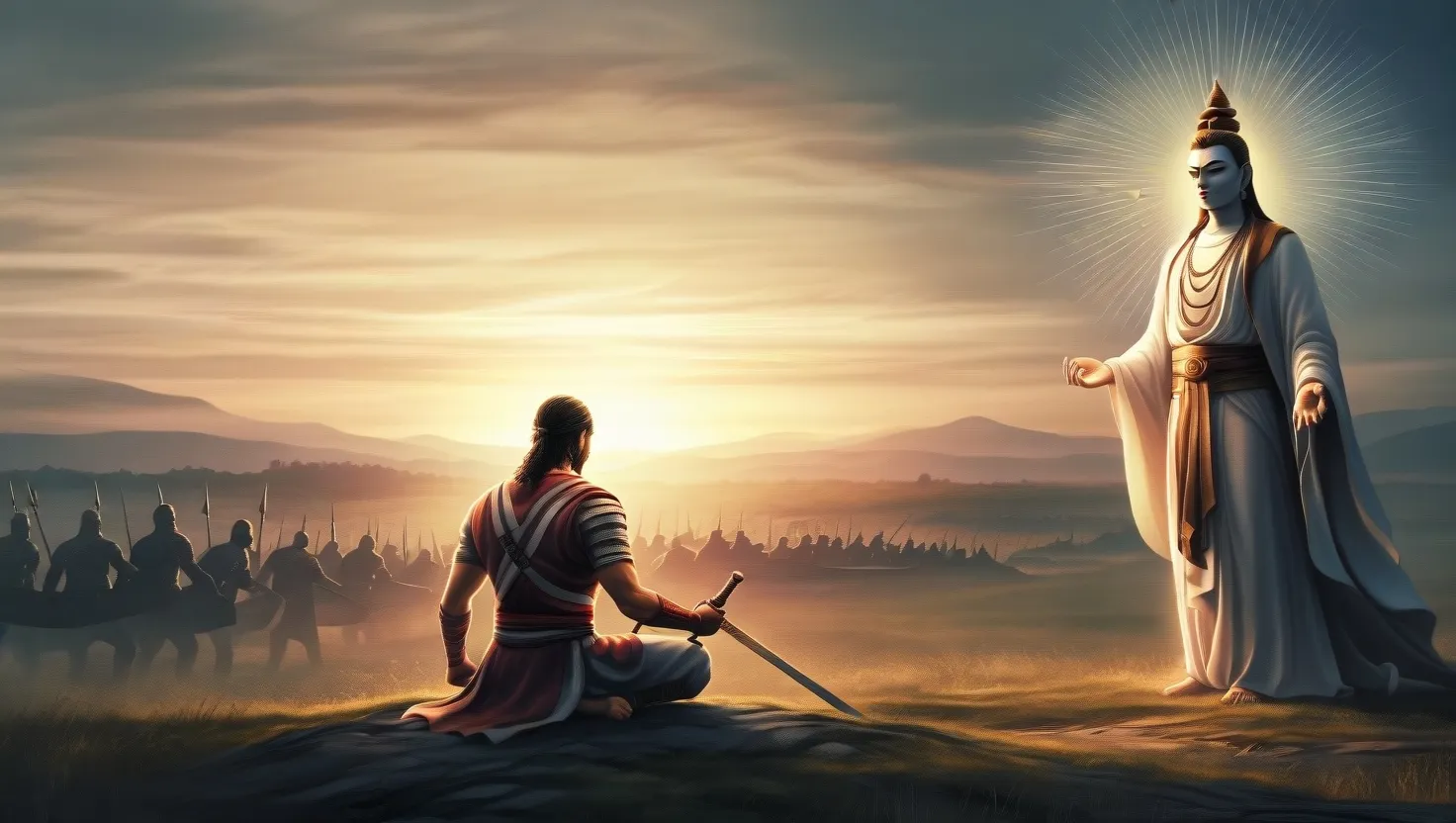
Bhagavad Gita's Timeless Wisdom: Applying Ancient Teachings to Modern Life
Discover timeless wisdom for modern life in the Bhagavad Gita. Learn to balance duty, detachment, and self-realization for a purposeful existence. Find practical guidance for personal and professional growth.

Hindu Environmental Wisdom: Ancient Practices for Modern Conservation
Explore Hindu environmental wisdom: Discover ancient practices promoting harmony with nature, sustainable living, and reverence for the Earth. Learn how Hindu principles can guide modern conservation efforts.

Unlock Ancient Hindu Wisdom: Shruti's Sacred Sounds Reveal Cosmic Truths
Explore Shruti: Hindu sacred knowledge. Dive into Vedic wisdom, sound's spiritual power, and ancient insights. Discover timeless truths that shape Hindu philosophy.

Discover the Hidden Power of Non-Perception: Ancient Indian Wisdom Reveals Surprising Truth
Explore Anupalabdhi: Indian philosophy's unique concept of knowledge through non-perception. Discover how absence informs our understanding of reality.
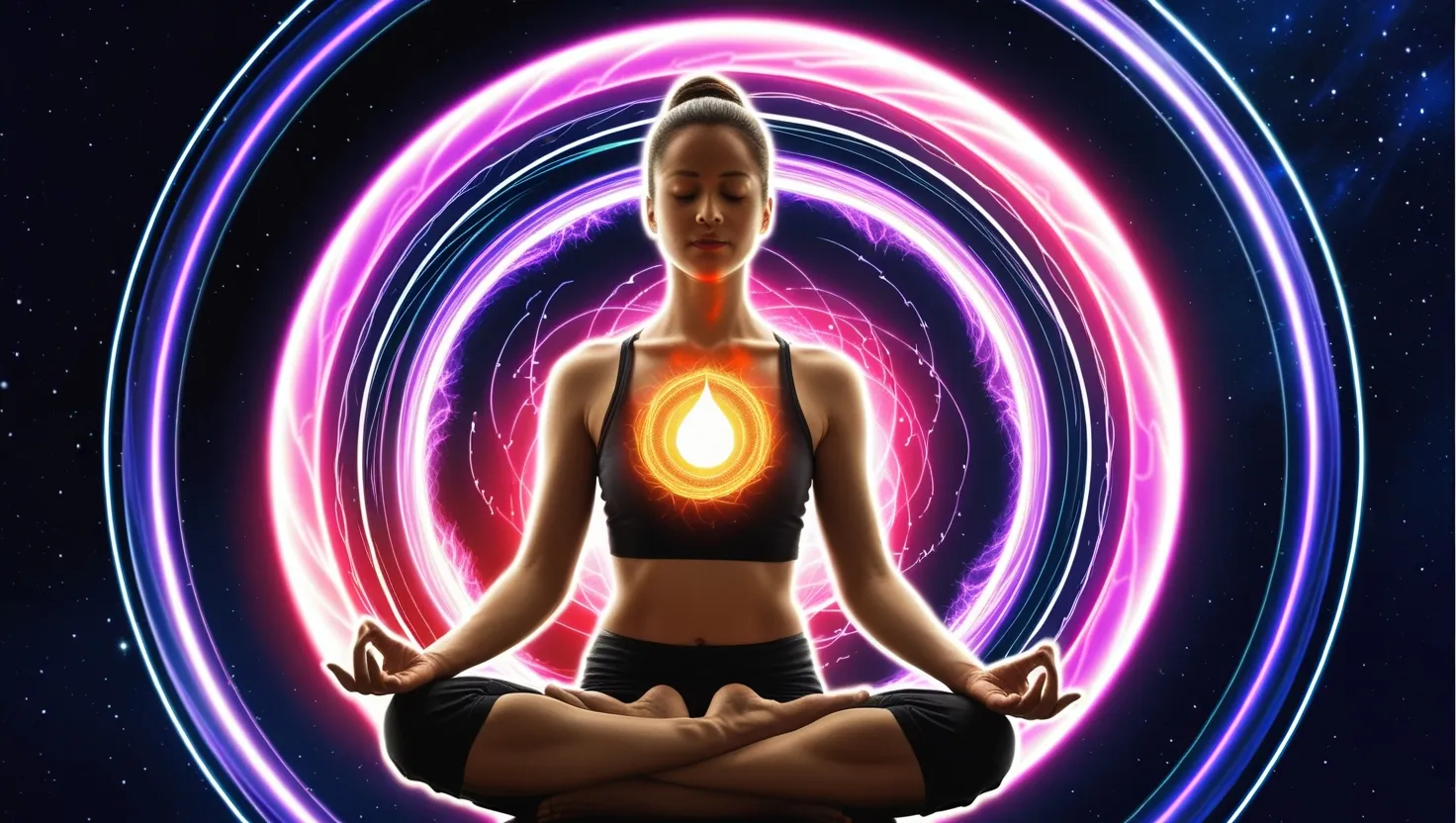
Unleash Your Inner Power: Sankalpa Shakti's Secret to Transforming Your Life
Discover Sankalpa Shakti: The ancient Vedic concept of willpower. Learn how to harness this force for personal growth and spiritual transformation. Unlock your potential today.

Cosmic Illusion or Reality? Advaita Vedanta's Mind-Blowing Take on Existence
Explore Vivarta in Advaita Vedanta: Uncover the illusion of reality, the nature of Brahman, and the path to self-realization. Dive into cosmic wisdom.

Krama: The Hidden Gem of Kashmiri Shaivism Unveiling Cosmic Secrets
Explore Krama: A dynamic Kashmiri Shaivism school offering unique insights into cosmic energy, consciousness, and spiritual awakening. Discover its goddess-centered approach and transformative practices.

Krama: The Hidden Pulse of Kashmiri Shaivism's Cosmic Dance
Discover Krama: Kashmir Shaivism's hidden gem. Explore cosmic consciousness through dynamic sequences. Uncover ancient wisdom for spiritual growth. Click to learn more.
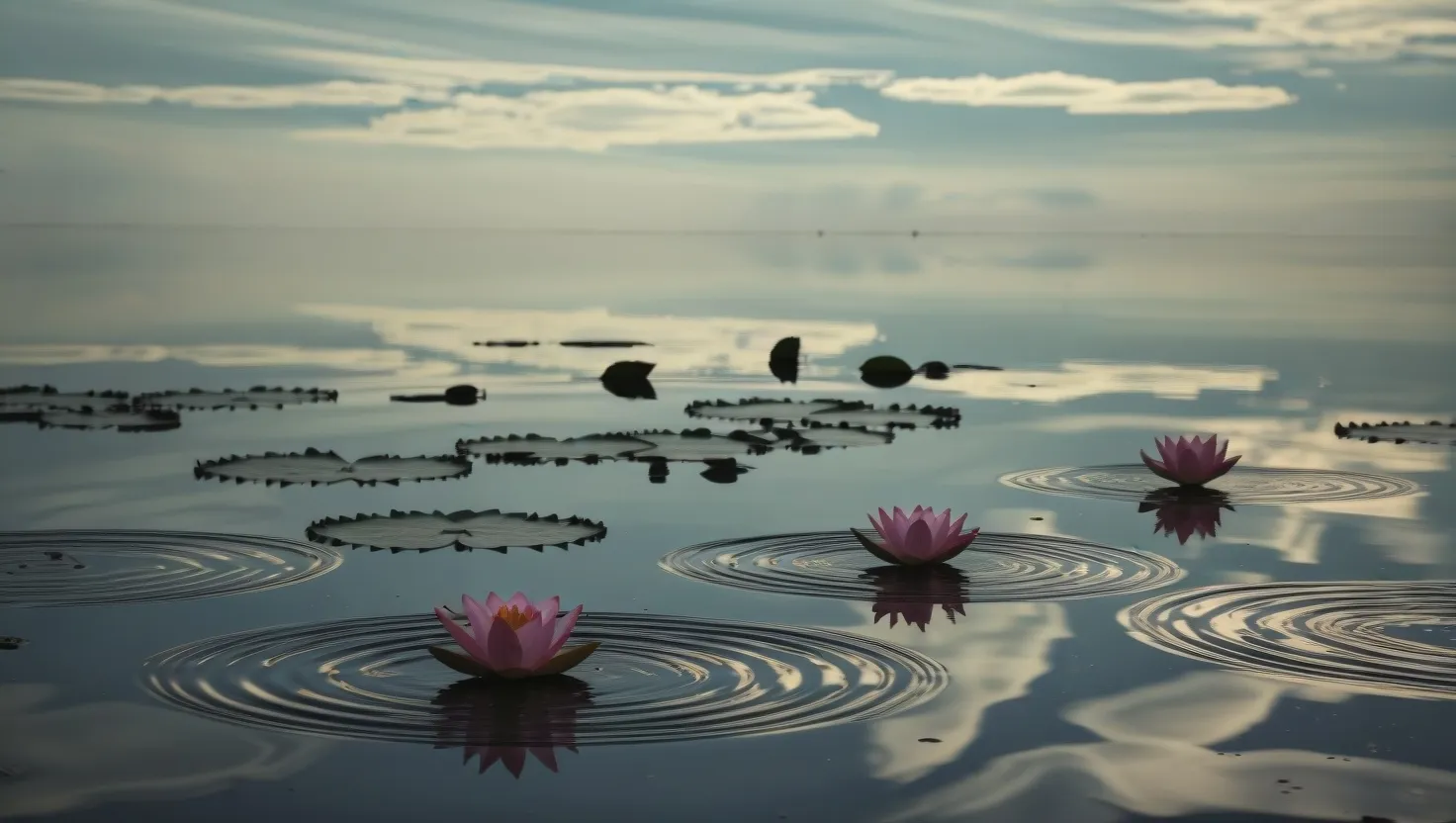
Unveiling Vyanjana: Hidden Meanings in Sanskrit Poetry That Will Blow Your Mind
Explore Sanskrit poetics' Vyanjana: the art of suggestion in words. Discover how indirect communication enriches poetry, drama, and spiritual texts. Uncover layers of meaning beyond the literal.
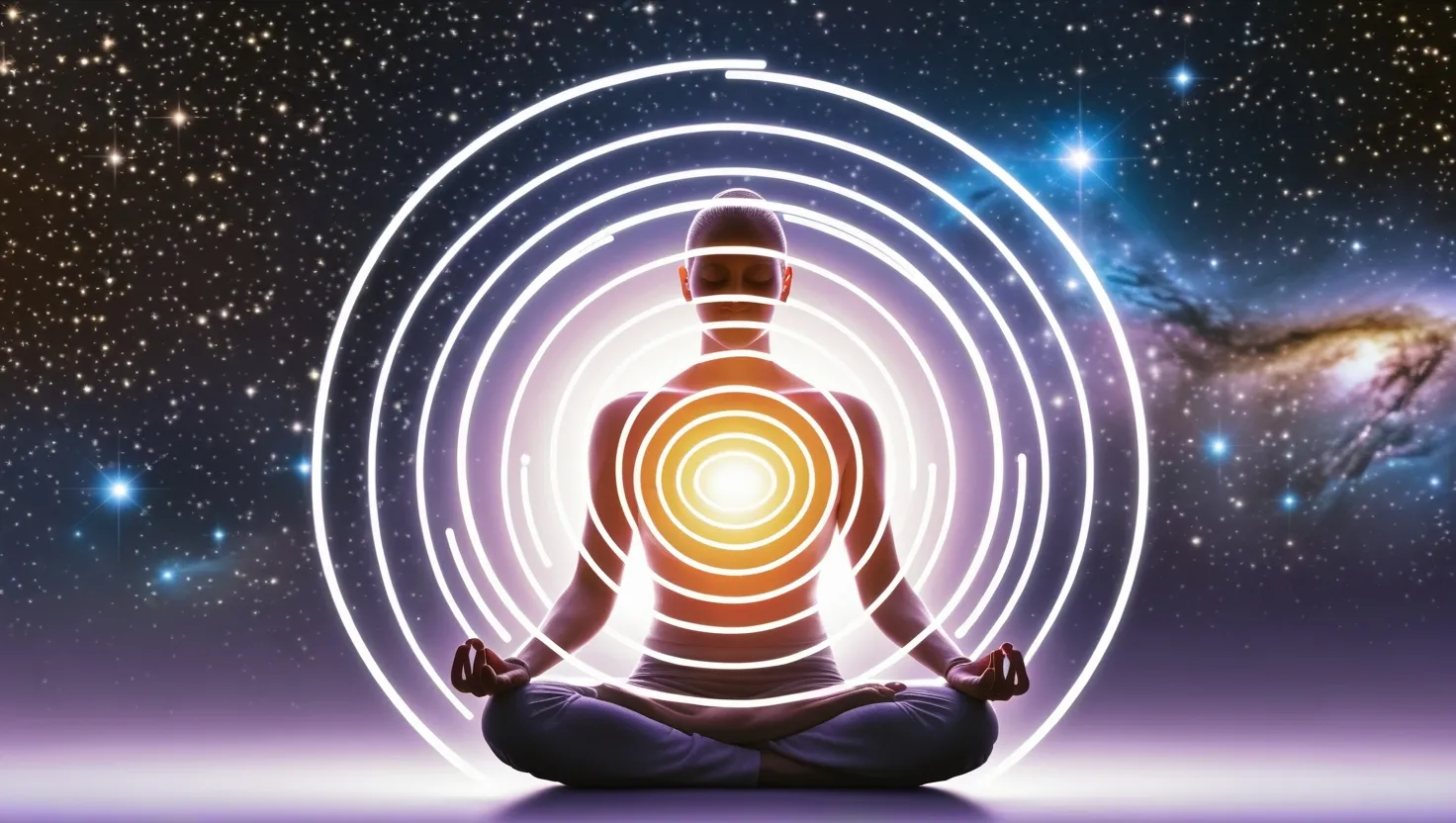
Unveiling Your True Self: The Powerful Pulsation of Consciousness in Hindu Philosophy
Explore Sphurana: The spark of self-awareness in Hindu philosophy. Discover how this Advaita Vedanta concept reveals our true nature and connection to cosmic consciousness.
